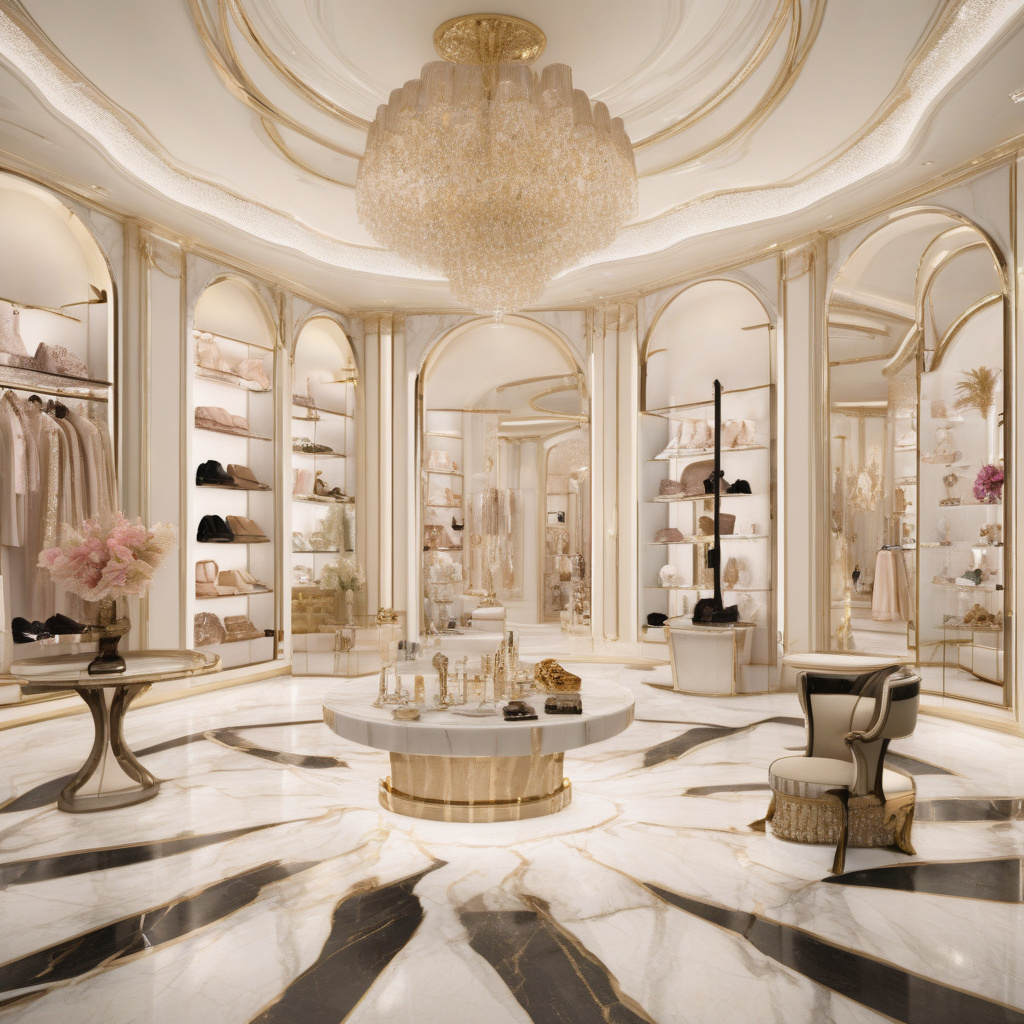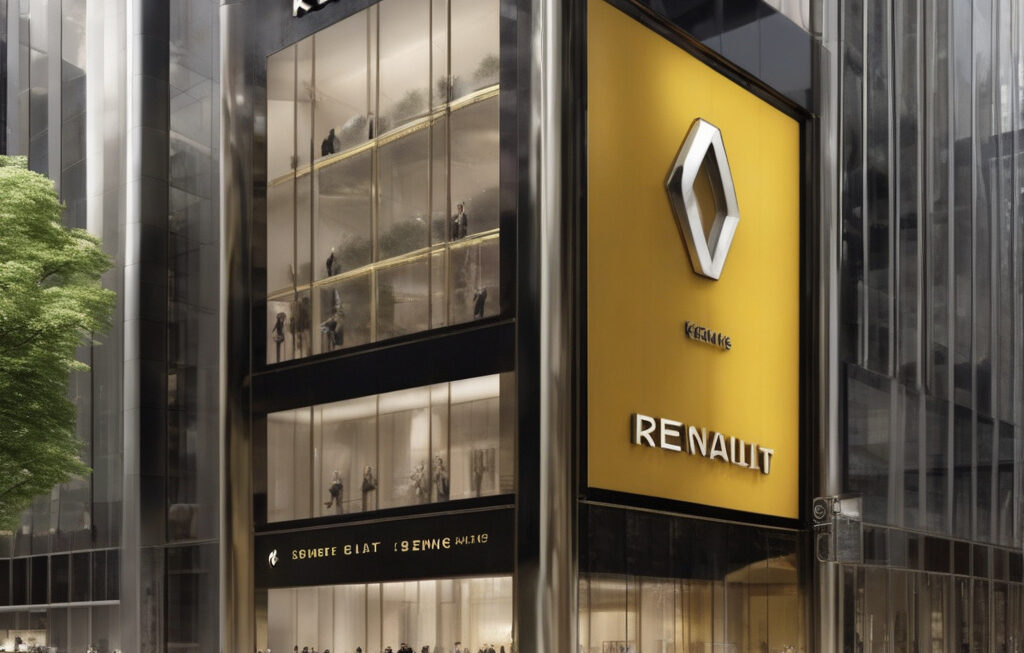Opinion: Luxury Is More Resilient Than the Market Suggests
The luxury industry is currently grappling with challenges that have been exacerbated by the ongoing global pandemic. According to Bain’s latest luxury update, the sector is on track to face yet another turbulent year. However, despite the gloomy outlook painted by investors, there is a strong case to be made for the long-term resilience of the luxury market.
While it is undeniable that the luxury industry has taken a hit in the short term due to factors such as economic uncertainty, travel restrictions, and shifting consumer priorities, it is important to look beyond the current setbacks and consider the bigger picture. Historically, the luxury market has demonstrated a remarkable ability to weather storms and emerge stronger on the other side.
One key factor that contributes to the resilience of the luxury market is its ability to adapt to changing circumstances. Luxury brands are known for their ability to innovate and stay ahead of trends, constantly reinventing themselves to meet the evolving needs and desires of consumers. This adaptability has been a driving force behind the industry’s ability to withstand economic downturns and other challenges.
Moreover, the allure of luxury goods goes beyond mere consumerism; it taps into deeper psychological and emotional needs. Luxury items are often seen as symbols of status, success, and self-expression. As such, they hold a special place in the hearts and minds of consumers, who are often willing to invest in luxury goods even during tough economic times.
The resilience of the luxury market is further bolstered by its global appeal. While certain regions or segments of the market may experience downturns at any given time, the luxury industry as a whole benefits from its diversified customer base spread across the world. This global reach helps to mitigate risks associated with regional economic fluctuations or other localized challenges.
It is also worth noting that the luxury market has shown remarkable growth in recent years, driven in large part by the rise of affluent consumers in emerging markets. Countries such as China, India, and Brazil have emerged as key players in the luxury market, providing new opportunities for growth and expansion. This trend is expected to continue in the years to come, further underscoring the long-term prospects of the luxury industry.
In conclusion, while it is true that the luxury industry is currently facing challenges that cannot be ignored, it would be premature to write off its long-term prospects. The resilience, adaptability, and enduring appeal of luxury goods make a strong case for the industry’s ability to bounce back from the current downturn and thrive in the years ahead.
luxury, market, resilience, long-term prospects, global appeal












